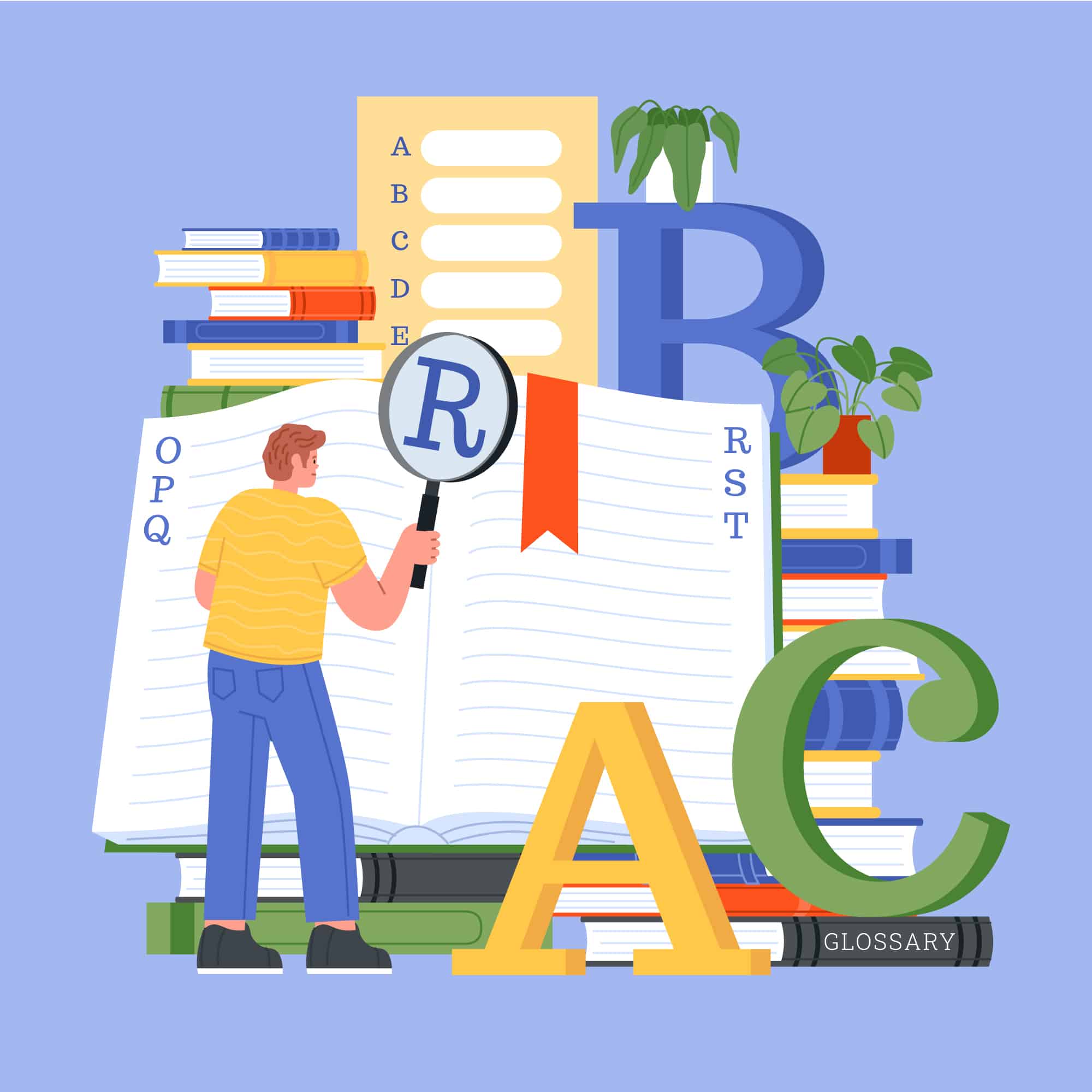Table of Contents [hide]
Are you ready to tackle document-based questions (DBQs) with confidence? Whether you’re a student working on an assignment or preparing for an exam, mastering the art of answering DBQs is essential. These complex questions require critical thinking, analysis, and the ability to synthesize information from various documents. But fear not! In this blog post, we’ll guide you through the process of effectively tackling DBQs by providing tips and strategies that will help you shine in any situation. So grab your pen and get ready to dive into a real-life DBQ example as we unlock the secrets to success!
What is a DBQ?
A Document-Based Question, commonly known as a DBQ, is an assessment tool used in history and social studies classes to evaluate students’ ability to analyze and interpret primary source documents. These documents can include letters, photographs, speeches, maps, and other artifacts from a particular historical period.
DBQs are designed to test your critical thinking skills by requiring you to examine the provided documents and develop an argument or response based on the information they contain. This means that you need to not only understand the content of each document but also identify any biases or perspectives presented.
The goal of a DBQ is not simply to regurgitate facts from the documents but rather to demonstrate your understanding of historical context and your ability to construct a well-supported argument using evidence from the sources.
To successfully tackle a DBQ, it’s important to approach it with a clear plan in mind. Start by carefully reading through all of the provided documents and taking notes on key details or themes that emerge. Then, consider how these pieces fit together within the larger historical context being examined.
As you begin crafting your response, remember that organization is key. Your essay should have a clear introduction stating your thesis statement – this will be your main argument or claim based on analyzing the given materials. Each subsequent paragraph should focus on supporting evidence from specific documents while also addressing counterarguments or alternative viewpoints.
By effectively tackling DBQs using these strategies outlined above—and practicing them consistently—you’ll soon find yourself confidently navigating through complex historical questions like never before! So let’s dive into some practical tips for success in our next section!
How to effectively answer a DBQ
When it comes to tackling a Document-Based Question (DBQ), it’s important to have a clear and effective strategy in place. Here are some tips to help you navigate through the process and come up with a strong response.
Make sure you thoroughly read and understand the prompt. Take note of any specific instructions or guidelines provided. This will help you focus your analysis and avoid going off track.
Next, carefully examine each document provided. Pay attention to details such as the author, date, and context of each source. Look for patterns or themes that emerge across multiple documents, as this can provide valuable insights for your response.
As you analyze the documents, be sure to consider their point of view or bias. Consider why the author may have written what they did and how this influences their perspective on the topic at hand.
When crafting your response, be sure to incorporate evidence from the documents into your argument. Use direct quotes or specific examples to support your points and demonstrate your understanding of the material.
Additionally, don’t forget about outside information! While the primary focus should be on analyzing the provided documents, incorporating relevant knowledge from outside sources can strengthen your argument and showcase a deeper understanding of the topic.
Take time to organize your thoughts before writing out your response. Create an outline or structure for your essay that clearly lays out how you plan to address each part of the prompt. This will ensure that your ideas flow logically and cohesively throughout.
By following these strategies for effectively answering DBQs, you’ll be well-equipped to tackle any question that comes your way! Remember: practice makes perfect when it comes to mastering this format.
Also Read: Epilogue Definition: Examining the Final Chapters and Closure in Literary Works
Tips for tackling DBQs
1. Analyze the Prompt: Before diving into the documents, take a moment to carefully read and understand the prompt. Pay attention to keywords and directives that guide your response.
2. Familiarize Yourself with the Documents: Take a quick scan of all the provided documents to get an overview of their content. Note any patterns or themes that emerge.
3. Create a Thesis Statement: Craft a clear and concise thesis statement that directly addresses the prompt and outlines your main argument. This will serve as a roadmap for your essay.
4. Group Documents Strategically: As you analyze each document, group them based on similarities in theme or perspective. This helps to organize your thoughts and create coherent paragraphs.
5. Use Outside Knowledge: To strengthen your analysis, bring in relevant knowledge from outside sources when appropriate. This shows depth of understanding and can earn you extra points.
6. Cite Specific Evidence: When referencing specific documents or outside information, be sure to cite evidence using parenthetical citations (e.g., Document 1) or by mentioning key details.
7. Practice Time Management: Be mindful of time constraints when tackling DBQs during exams or timed assignments. Break down your essay into manageable sections to ensure you have enough time for each component.
8. Avoid Summarizing Documents: Instead of simply summarizing what each document says, focus on analyzing its significance within the context of the prompt and supporting your thesis statement.
9. Revise Your Essay: After completing your initial draft, take some time to review and revise it for clarity, coherence, grammar errors,and punctuation mistakes . Make sure each paragraph builds upon one another smoothly.
10. Seek Feedback if Possible:: If possible , ask someone knowledgeable about DBQs or an instructor familiar with this type of writing assignment,,to provide feedback on how well you addressed the prompt,cited evidence,and organizedyour ideas.
An example of a DBQ question
Let’s dive into an example of a Document-Based Question (DBQ) to get a better understanding of how they work. Imagine you’re given the following prompt: “Evaluate the impact of industrialization on workers in the late 19th and early 20th centuries.”
To effectively tackle this question, you’ll need to analyze and interpret a combination of primary and secondary sources. These documents could include photographs, letters, newspaper articles, or even excerpts from historical texts.
As you examine each document, pay attention to the author’s perspective and purpose. Are they advocating for workers’ rights or promoting capitalism? Look for patterns, contradictions, and connections between different sources.
Remember that your response should be well-structured with an introduction that clearly states your thesis statement. Each body paragraph should focus on analyzing specific documents while incorporating outside knowledge when relevant.
When crafting your essay, make sure to use evidence from the provided documents to support your arguments. Your conclusion should summarize your main points without introducing any new information.
By following these steps and practicing with sample DBQs beforehand, you’ll become more comfortable tackling these complex questions!
How to score well on DBQs
Scoring well on Document-Based Questions (DBQs) can be a challenge, but with the right approach, you can ace these exams and showcase your historical analysis skills. Here are some tips to help you score well on DBQs:
1. Understand the prompt: Carefully read and analyze the prompt before diving into the documents. Identify key terms and concepts that will guide your response.
2. Analyze the documents: Take time to thoroughly examine each document provided. Look for patterns, biases, and connections between different sources. Consider their context, authorship, purpose, and audience.
3. Organize your thoughts: Before writing your essay, create an outline or graphic organizer to structure your arguments. This will ensure a logical flow of ideas and help you stay focused throughout.
4. Use evidence effectively: Support your claims with specific examples from the documents provided. Be sure to explain how each piece of evidence supports your argument.
5. Provide historical context: Situate your analysis within its historical context by referencing relevant events or developments outside of the given documents.
6. Practice good writing skills: Clearly communicate your ideas in a concise and coherent manner using proper grammar and vocabulary appropriate for an academic setting.
7. Don’t forget about counterarguments: Acknowledge other perspectives or interpretations when appropriate and address them in order to strengthen your own argument.
By following these strategies, you’ll be able to approach DBQs with confidence and increase your chances of scoring well on these challenging assessments. Good luck!
Also Read: DBQ Meaning: Decoding the Purpose and Approach of Document-Based Questions
Conclusion
Mastering the art of tackling Document-Based Questions (DBQs) is crucial for success in history and social science exams. By understanding what a DBQ entails, effectively answering the question, utilizing helpful tips, reviewing an example, and aiming for a high score, students can excel in these challenging assessments.
A DBQ is an essay-style question that requires students to analyze and interpret historical documents to support their argument. To answer a DBQ effectively:
1. Carefully read and understand the prompt.
2. Analyze each document individually.
3. Identify patterns or themes across the documents.
4. Organize your thoughts into a clear thesis statement.
5. Support your argument with evidence from the documents.
Here are some additional tips to help you tackle DBQs successfully:
1. Familiarize yourself with different types of primary sources like maps, letters, speeches etc., as they may appear in DBQ prompts.
2. Use annotations or highlighters to mark important details within each document.
3. Create an outline before writing your essay to ensure logical flow and organization.
4. Provide context for the time period being discussed using relevant background information.
To illustrate these concepts further, let’s examine an example of a DBQ question: “Evaluate the impact of World War II on women’s roles in society.”
By following the steps outlined earlier—careful reading of documents; identifying patterns; organizing thoughts; supporting arguments—a student might argue that World War II had significant effects on women’s roles due to increased employment opportunities outside traditional domestic spheres.
Scoring well on DBQs requires demonstrating both content knowledge and critical thinking skills. Remember these key points:
1. Accurately interpret primary sources by considering their purpose, audience bias etc., while analyzing them critically
2. Support arguments with specific evidence from multiple documents
3. Address counterarguments or alternative viewpoints if necessary
4. Compose clear essays with coherent structure that include strong introductions, well-developed body paragraphs and concise conclusions.
Mastering the art of answering document-based questions is essential for success in history and social science exams. By following the tips outlined in this post, you’ll be able to effectively tackle any DBQ that comes your way!







